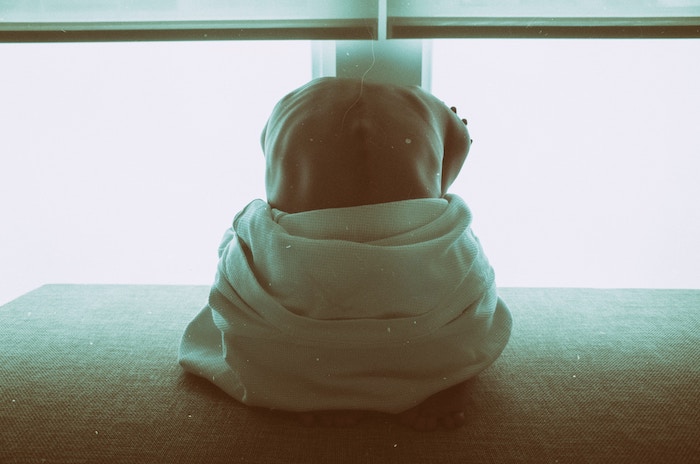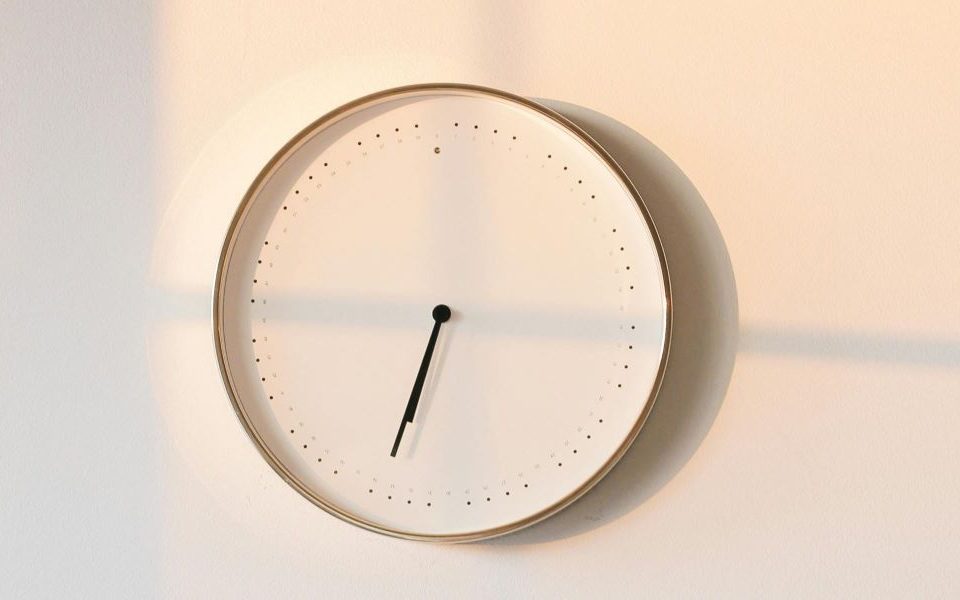
Natural Sleep Aids
October 1, 2021
Top 10 Blog Posts of 2021
December 3, 2021Many of us associate going to sleep with a dark environment; we often close blinds and turn off all the lights when trying to fall asleep, but can light help with sleeping disorders such as insomnia? When exposed to the right amount of light at the appropriate time, many people may be able to resolve their issues with sleep. Light therapy is the exposure to artificial light to help with specific health conditions such as insomnia, depression, seasonal affective disorder (SAD) and circadian rhythm sleep disorder.
Light therapy consists of a patient sitting in front of a device that emits bright lights that mimics natural sunlight. The special device made for light therapy mimics natural sunlight without damaging UV rays. To ensure no damage to the patient, the light from the lightbox does not shine directly into the eyes. The lightbox is positioned 16 to 24 inches away from the face emitting anywhere from 2,500 to 10,000 lux with sessions lasting anywhere from 20 minutes to 2 hours. Using light therapy, sometimes known as phototherapy, circadian light therapy, light exposure therapy, and bright light therapy, patients can help reset their natural body clock (circadian rhythm).
A person’s circadian rhythm determines how tired you are and when the natural circadian rhythm of human beings approximately follows the 24-hour cycle of the sun. The word circadian comes from the Latin words for “about and “day”. Light therapy can help patients reset their circadian rhythms to align with the sun. When a body’s natural clock is aligned with the sun, you feel more tired in the evening as the sun sets and more alert in the morning as the sun rises. Exposure to light during the day through the lightbox allows your brain to regulate the chemicals melatonin and serotonin, which control your sleep and wake cycles. Light therapy helps produce serotonin which helps you stay away while simultaneously delaying melatonin production which is a chemical that helps you fall asleep. Doctors recommend light therapy in the mornings, as that is when more people experience a delay in their natural circadian rhythm.
A benefit of light therapy can be practiced in the home while you do your daily tasks. Light therapy devices are easily accessible online. Some light therapy devices for the home include floor/desk/table lamps, wearable visors, alarm clocks, and tablets. Though there are light therapy devices made to combat skin issues rather than sleep issues and those do not filter out UV rays, it is important to make sure the light therapy device you are purchasing is the correct kind.
Light therapy is considered to be a generally safe form of therapy to combat sleep issues. Side effects may occur in some patients which may include headaches, hyperactivity, skin irritation, nausea, and eye strains. Some patients more than others are more likely to experience side effects such as people with bipolar disorder or people with eye and skin sensitivities. Due to these reasons, it is recommended to see a medical professional before starting light therapy or making any adjustments to a current light therapy routine.
If you are interested in learning more about light therapy and would like to consult a professional click here to reach out!



